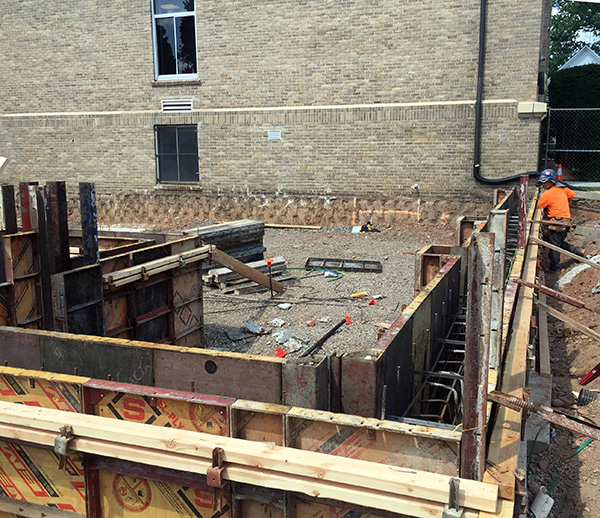The Strength of Concrete in Fire Scenarios
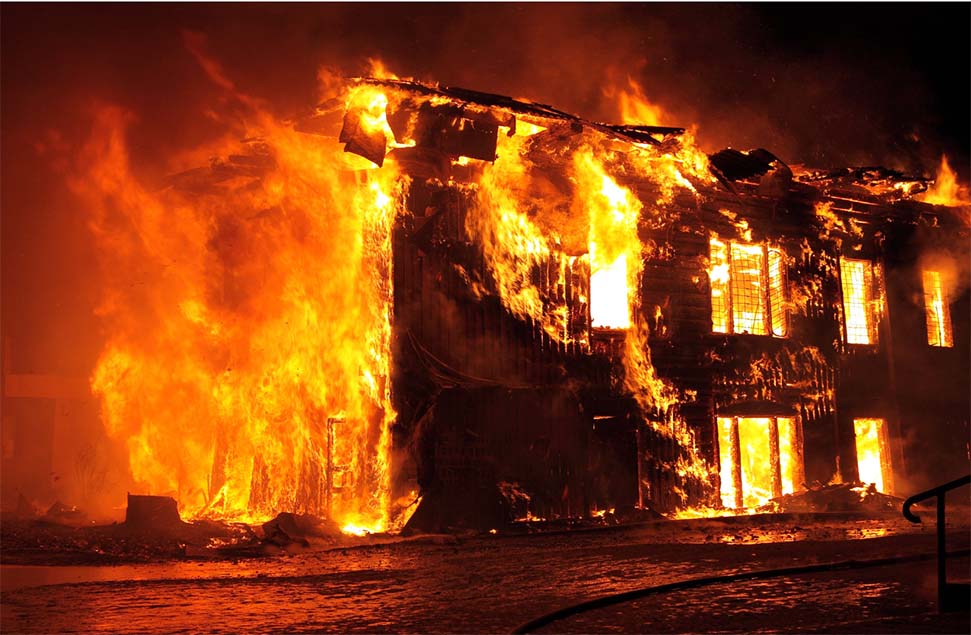
Concrete’s resilience to fire stems from its unique composition and structural properties. Unlike other building materials, concrete doesn’t combust. Instead, it undergoes a gradual process of dehydration and carbonization when exposed to high temperatures. This process slows down the rate of temperature increase within the structure, providing valuable time for occupants to evacuate and firefighters to intervene.
Material Composition: Key to Fire Resistance
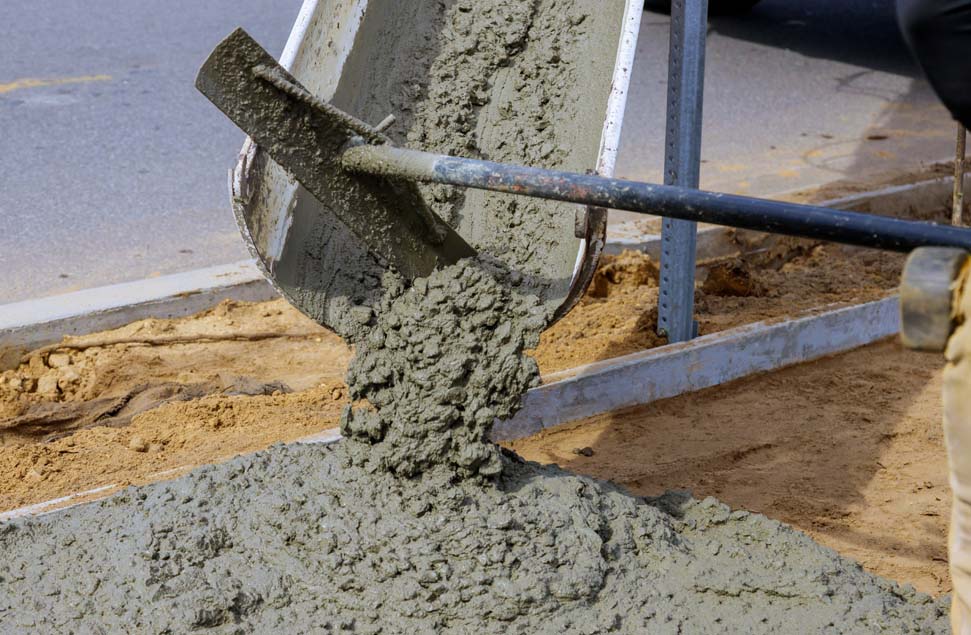
The composition of concrete plays a pivotal role in its fire resistance. The mixture of cement, aggregates, and water creates a dense and compact material that can withstand high temperatures. Additionally, the inclusion of additives such as fly ash and slag can further enhance its fire resistance properties. T.G. Basile ensures meticulous attention to detail in concrete mix designs, optimizing them for structural integrity and fire performance.
Enhancing Fire Resistance
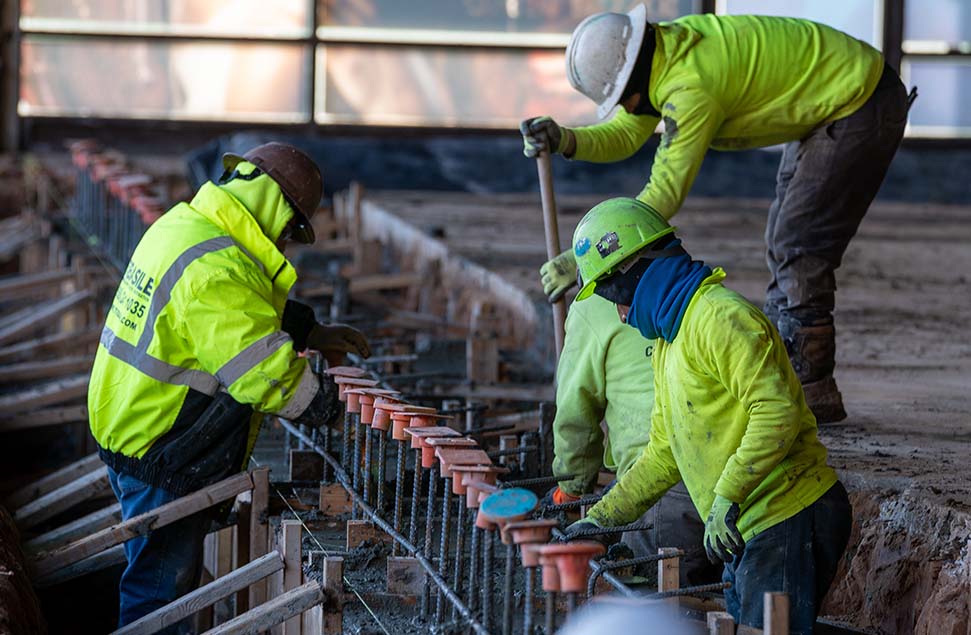
In fire scenarios, the thickness of concrete elements significantly influences their ability to withstand heat. Thicker concrete walls, floors, and columns provide greater thermal insulation, delaying the onset of structural failure. Through precise engineering and construction practices, T.G. Basile ensures that concrete elements meet or exceed required thickness standards, bolstering fire resistance and overall building safety.
Fireproofing Measures: A Complementary Approach
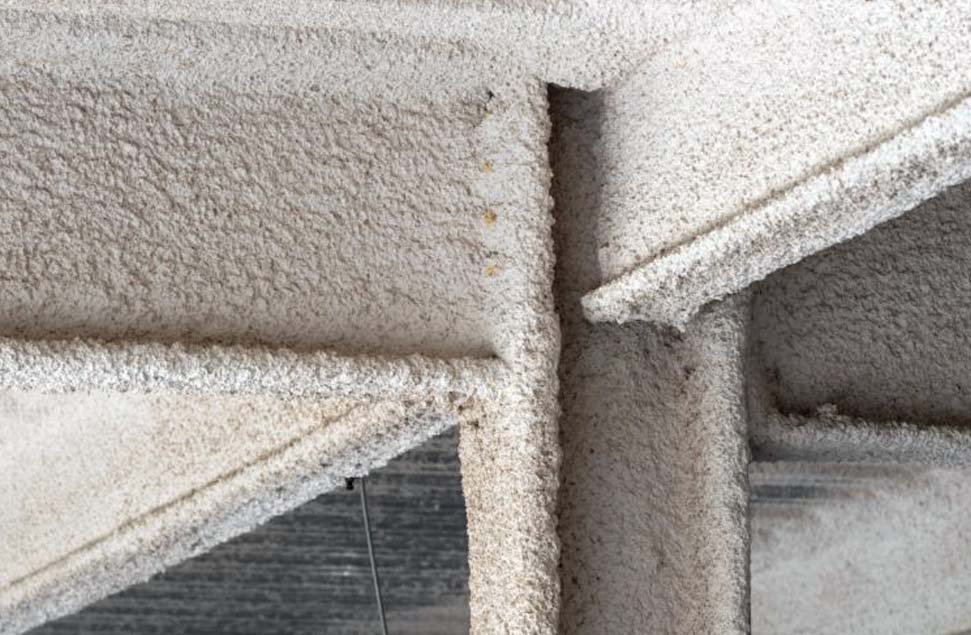
While concrete inherently possesses fire resistance, additional fireproofing measures can be implemented to further enhance safety. Intumescent coatings, spray-applied fire-resistant materials (SFRMs), and concrete encasement are common techniques employed to augment fire resistance in specific applications. T.G. Basile collaborates closely with clients and regulatory authorities to integrate appropriate fireproofing solutions tailored to project requirements.
Compliance with Safety Standards

Adherence to fire safety codes and standards is non-negotiable in construction projects. T.G. Basile prioritizes compliance with regulations such as the International Building Code (IBC), which specifies stringent requirements for fire resistance ratings of structural elements. By upholding these standards, we ensure that completed structures provide robust fire protection for occupants and assets.
Building Safety Through Concrete Excellence
In the realm of commercial construction, the fire resistance of concrete structures holds paramount importance. As a seasoned concrete contractor specializing in structural concrete, T.G. Basile remains dedicated to delivering exceptional quality and safety in every project. By leveraging the inherent fire resistance properties of concrete and implementing meticulous design and construction practices, T.G. Basile contributes to the creation of buildings that not only endure the test of time but also prioritize the safety and well-being of occupants. From mid-rise developments to sprawling warehouses and robust parking structures, T.G. Basile continues to set the standard for safety and performance in structural concrete construction.





